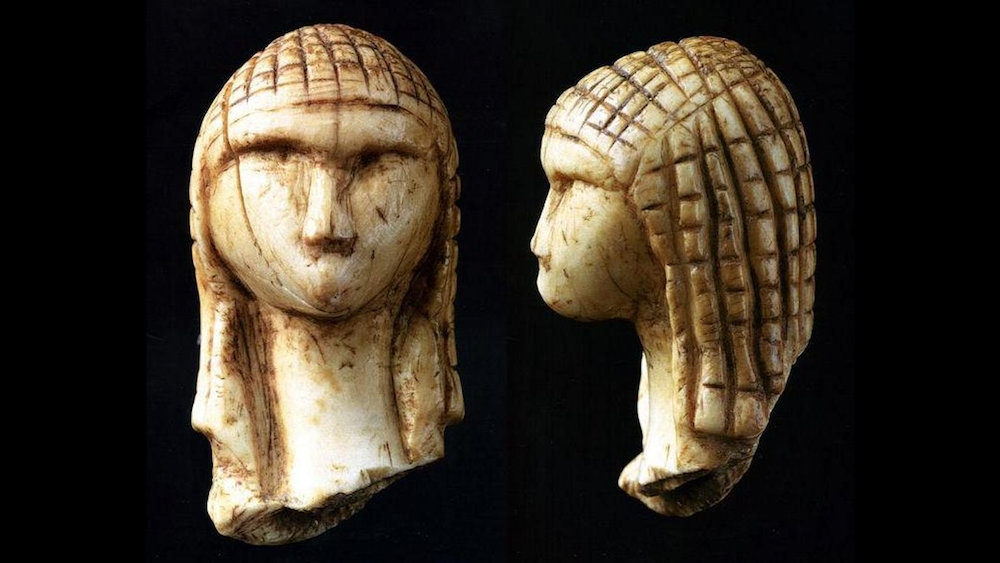
Name: Venus of Brassempouy
What it is: A lifelike figurine of a Neolithic woman carved out of the ivory core of a mammoth tusk.
Where it was found: Inside the Grotte du Pape ("Pope's Cave") in Brassempouy, a village in France, in 1894.
When it was made: Approximately 23,000 years ago
What it tells us about the past: Also known as "The Lady with the Hood," this prehistoric carving of a woman is prized for both its attention to detail and its realism, which can be seen in the crosshatched pattern used to create her headpiece and her distinct facial features, including her pupils, forehead, nose and chin. The piece is one of the earliest examples of a carving of a human face, according to France's National Archaeological Museum.
The artifact, which measures 1.4 inches (3.5 centimeters) tall, is one of many Venus figures dating to the Upper Paleolithic, or Old Stone Age. Researchers think the figurine was once attached to a body, which has never been found, according to Visual Arts Cork.
The purpose of the piece is unknown, but as with other examples of Venus figurines, it may have been created as a symbol of fertility, according to the World History Encyclopedia.







